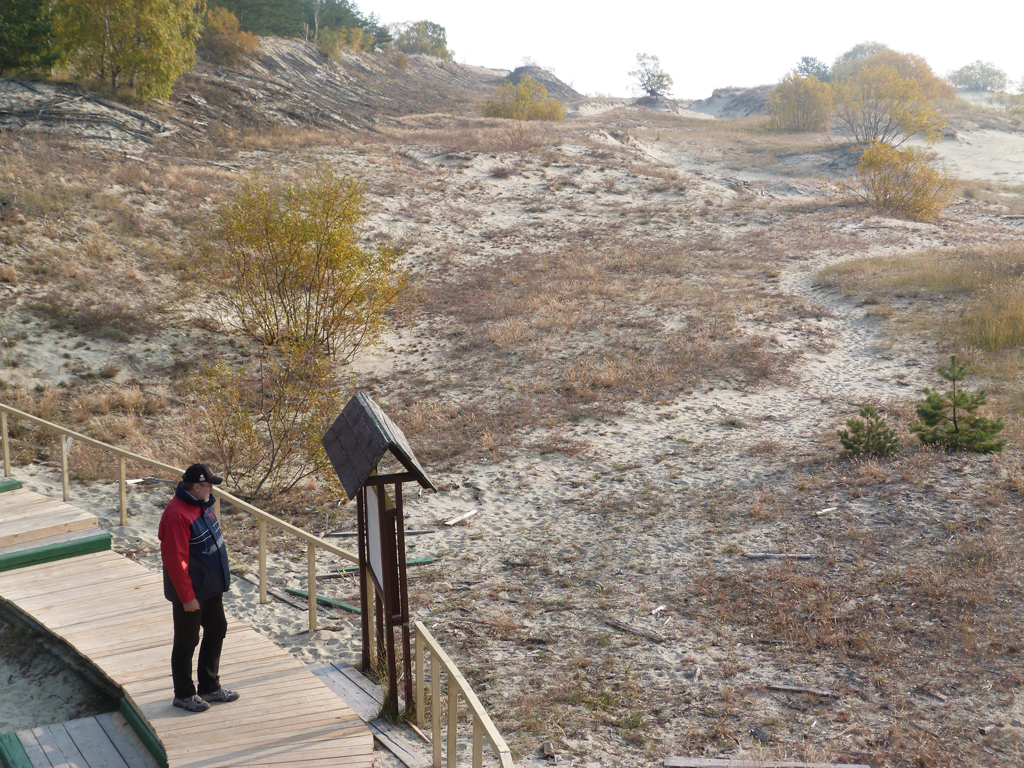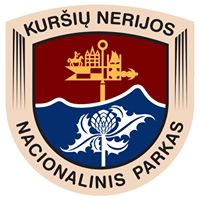Case Study
Integrating nature tourism with coastal dune conservation in Lithuanian Coastal Region
Contact name
Aiste Jurkiene
Institution name
EUCC Baltic Office
Region & country
Lithuania
Summary
Curonian Spit can function as a catalyst for a sustainable development where local businesses and local communities can gain opportunity from the diversification. Local stakeholders aim to jointly develop and establish a relevant strategy and an accompanying action plan for the mobile dunes as a nature tourism ‘honey pot’, and to test and implement a variety of already-existing tools as well as trying to develop new tools that are currently missing. The activity focuses on three areas: 1) stakeholder dialogue; 2) product and service development; and 3) governance.

Tourist in the Curonian Spit Dunes
Ramunas Povilanskas
Background of the project
The World Heritage sites and the Biosphere Reserve Areas are cultural and natural heritage sites/areas pointed out by UNESCO as having outstanding, universal value and as role models for sustainability. However, tourism on the Curonian Spit is to a large extent unsustainable in terms of unbalanced seasonal patterns. As parts of larger destinations, the UNESCO World Heritage landscapes, like the mobile dunes on the Curonian Spit, can function as catalysts for a sustainable development.
The UNESCO recommendations for sustainable tourism exist, but they are not implemented yet, some not even tested. In order to go ahead with the sustainable tourism development process on the Curonian Spit, local stakeholders need external expertise and facilitated sharing of mutual experience. An additional effort is taken regarding the development of a sustainable tourism strategy aimed to match the UNESCO requirements with the statutory regulations for spatial planning.
Solution and actions taken
A series of interactive workshops are the main tools identified. Their objective is sharing the common vision on Outstanding Universal Value among stakeholders, the identification of synergies, agreeing on priority actions, as well as good governance and stakeholder involvement linked with each other and to thematic Think Tanks.
The good practice stems from an innovative model for mapping the stakeholder groups and the desired result to involve them in the conservation activities as sustainable entrepreneurs benefiting from the UNESCO World Heritage status of the Curonian Spit. It presents an umbrella concept in the form of a card called “World Heritage and Friends” which opens up the possibility for clustering UNESCO sites with businesses and/or communities.
Other institutions or parties involved
Administration of Curonian Spit National Park, Neringa city Municipality.
Results
The presented good practice also has its strength in a yet another important aspect, which is that the theoretical approach is subject for testing and implementing of the heritage tourism-related product as part of the broader developed coastal destination quality benchmarking concept. The focus is on sustainable entrepreneurship, which is the conceptualization of the involvement of small commercial stakeholders.
Challenges
The challenges that the UNESCO World Heritage landscapes meet: tourism is not local or regional but global. Concerning the lessons learned from the particular case study, the challenges are the following ones:
- the need for improvement of quality of visitors’ experience of the site before, during and after the visit;
- the need for dedicated and sophisticated measures aimed at prolongation of the tourist season, the shoulder seasons.
Lessons learned
Although the highlighted good practice is rather unique for World Heritage landscapes, nevertheless its potential for learning and/or transfer is high. The key points of learning are related to a careful planning of an action strategy, a stakeholder involvement from the very beginning, and a critical approach towards a prevailing outlook on the heritage landscape conservation principles.
Contact name
Aiste Jurkiene
Institution name
EUCC Baltic Office
Website(s)
